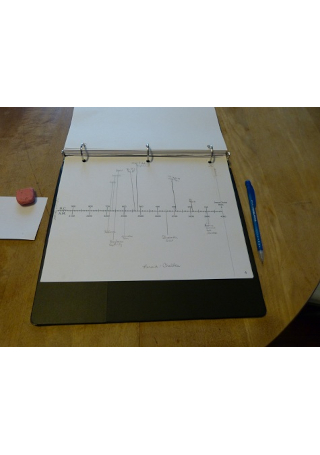Sir Richard Branson said: “Branding demands commitment: commitment to continual reinvention, striking chords with people to stir their emotions, and commitment to imagination. It is easy to be cynical…
continue reading
20+ SAMPLE Blank Timeline
-
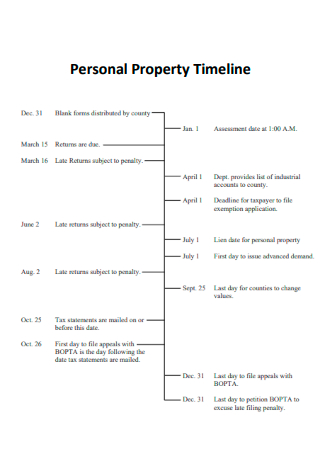
Personal Property Timeline
download now -
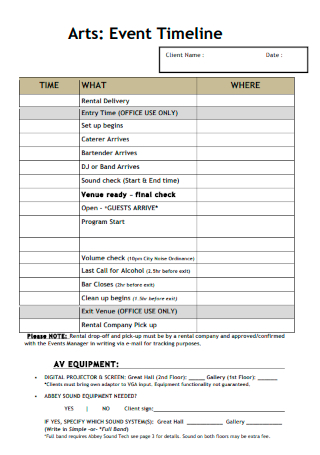
Arts Event Timeline
download now -
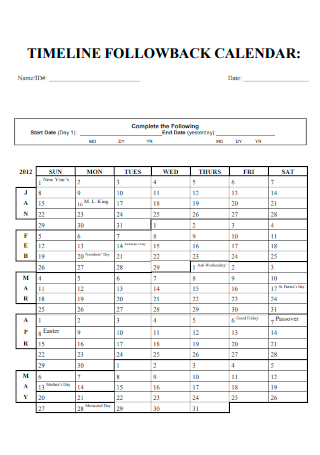
Timeline Followback Calendar
download now -
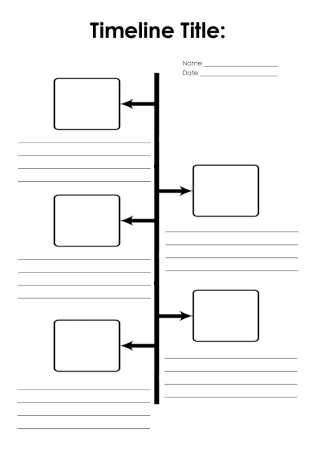
Sample Timeline
download now -
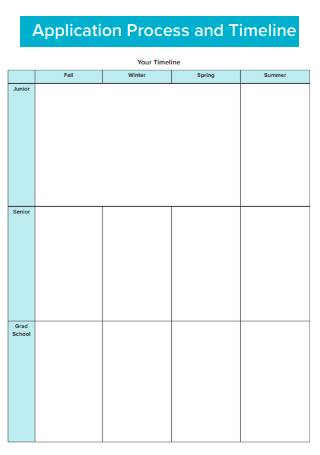
Application Process and Timeline
download now -

Proposed Timeline
download now -
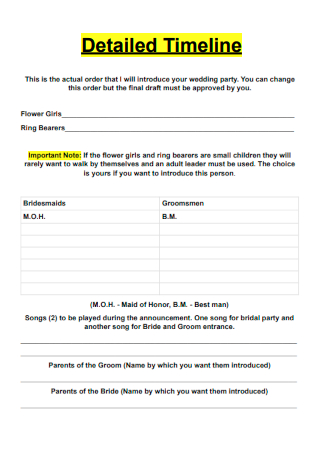
Detailed Timeline
download now -
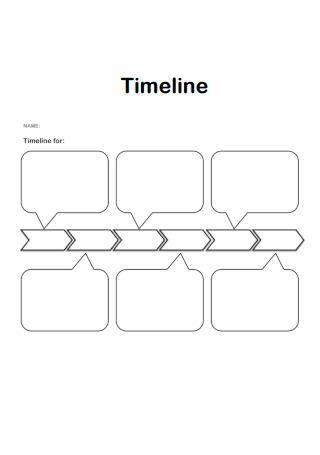
Basic Timeline
download now -
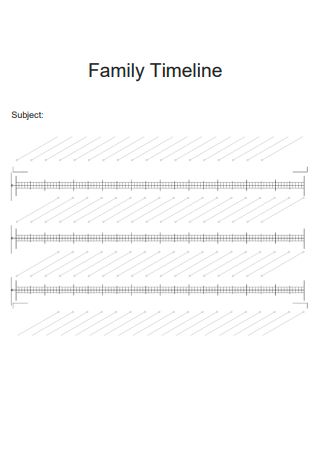
Family Timeline
download now -
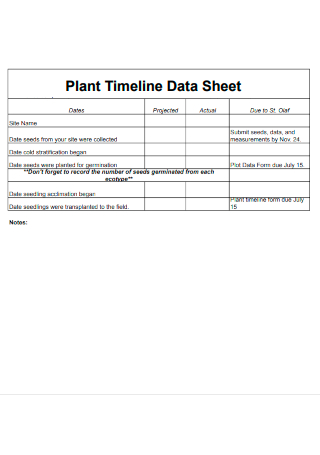
Plant Timeline Data Sheet
download now -
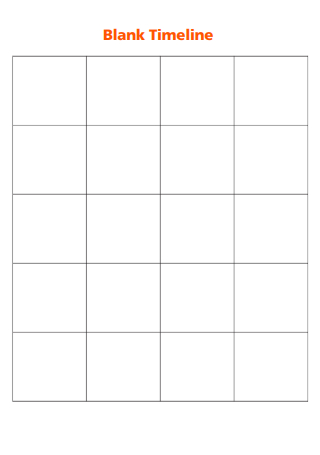
Blank Timeline
download now -

Timeline of Activities
download now -
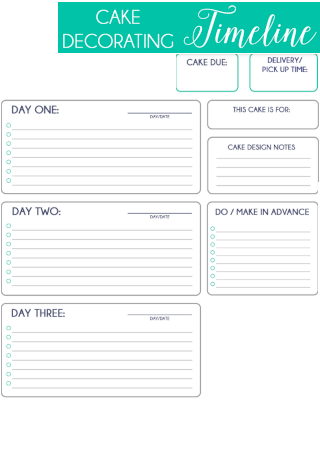
Cake Decorating Timeline
download now -
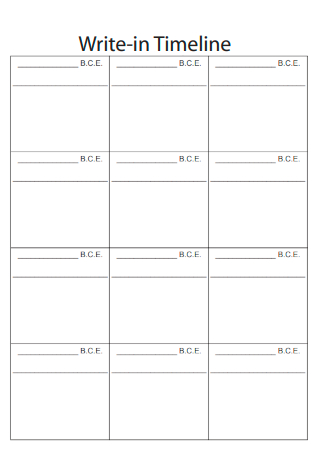
Write in Timeline
download now -

Timeline and Budget Worksheets
download now -
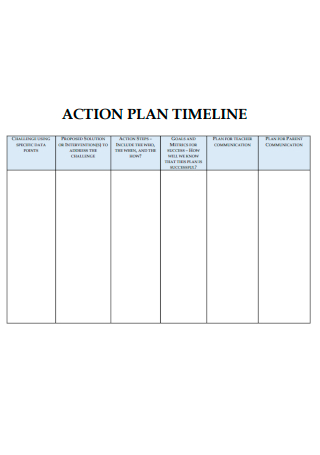
Action Plan Timeline
download now -
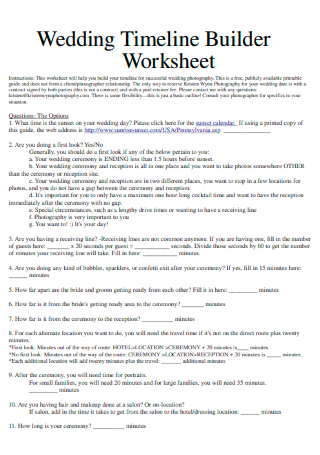
Wedding Timeline Builder Worksheet
download now -
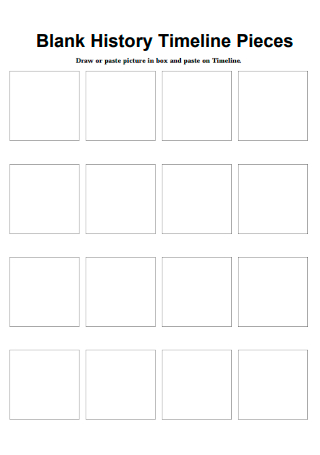
Blank History Timeline Pieces
download now -
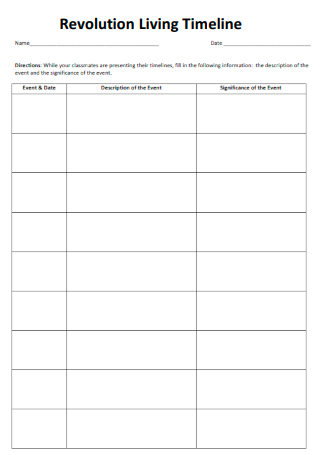
Revolution Living Timeline
download now -
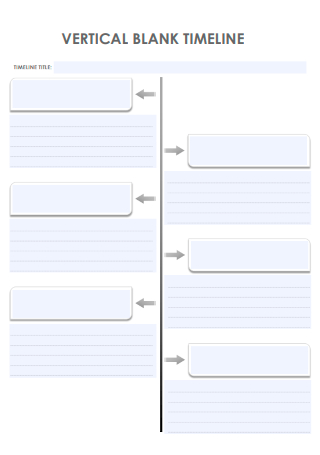
Vertical Blank Timeline
download now -
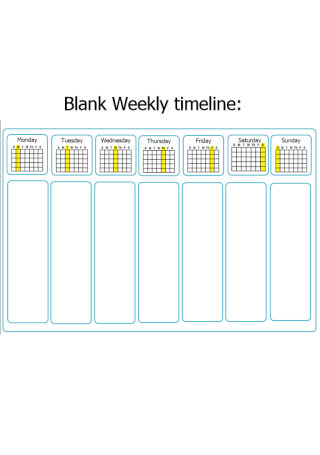
Blank Weekly Timeline
download now
What Is a Blank Timeline?
A blank timeline is like your generic timeline that shows a visual summary of a project’s chronological work, progress, or direction. Like a timeline chart, it has a starting point, a bunch of in-between directions, and a finishing point. But the thing with a blank timeline is that it contains a series of fill-in-the-blank sections for you to complete. Whether there is a series of blanks, circles, or boxes where you can write or insert data, blank timelines make it easier for you to create timelines without working from scratch.
Why Are Blank Timelines Important?
Basically, a timeline enlists a series of significant events that are arranged in the order of when they happened. But why it is necessary in the first place? In this section, get to understand the importance of blank timelines.
To Look at the Bigger Picture
Rather than reading a long history book about a project, you can look at a timeline to get the gist or the bigger picture. Timelines highlight the significant parts of an event that happened in every line. An example is to present a professional’s 10-year salary history. If there is a salary change every year, then start mentioning this person’s salary from the first year until the last year in a timeline. Hence, long interviews and checking numerous documents would be unnecessary to learn about the salary history.
To Summarize a Project or Event Chronologically
Do you need help presenting chronological data about an event or project in the shortest or quickest way possible? Use a blank timeline as an alternative to an executive summary. The best feature of a timeline is its way to summarize something without putting so many words into it. Timelines are more graphic wherein only the significant words or keywords would be written about a project’s sequential data.
To Present Audiences with Easy-to-Read Data
Blank timelines are not only easy-to-use templates to craft timelines, they are effective tools to present audiences with easy-to-follow data as well. Long explanations and complex technical terms need not be used in a timeline. Instead, graphic organizers are in the mix. And the best part is that the flow in a timeline makes it simple to follow which is the starting point and the ending point. That way, you can tell which event happened first until last rather than still figuring out the sequence of events.
To Cater All Sorts of Purposes
Timelines can help you with loads of purposes. It can help you set timelines for a web project, business development, school report, or any time-based strategic plan. That means an employee, student, manager, or just about anyone can create a timeline for various functions. So you can’t say that blank timelines are only relevant to a certain group of jobs or people, especially when time-based projects can all benefit from a timeline.
The Elements of a Blank Timeline
Are you curious as to what makes up a timeline? Although the purpose of making the timeline and the design of a timeline may differ from one example to another, you will notice that there is actually a common format in each example. So in this segment, learn about the standard elements often present in blank timelines.
How to Create a Blank Timeline
You can say that timelines are paramount to every project after learning about its meaning, importance, and elements. But the question is, are you ready to create an effective timeline yourself? Rest assured, the process is quite simple. Without further ado, here are the steps to help you make blank timelines effortlessly:
Step 1: Optimize a Sample Blank Timeline
Free printable timeline samples are waiting for you above this article. So select any blank timeline sample you like and edit the template afterward. Sample templates make it easier for you to produce timelines without bothering to start making them from the very beginning. In fact, there are lots of other timeline templates you can take advantage of here on Sample.net. Check it out!
Step 2: Insert the Standard Timeline Elements
Now that you have a template to work on, begin adding the main elements of a blank timeline, as previously tackled. From the title down to notes, these parts slowly complete your timeline. Most importantly, ensure you won’t miss out on any detail in listing every task or project item. Otherwise, the timeline is automatically faulty if crucial elements are missing in there.
Step 3: Check the Accuracy and Presentation of Your Data
Conduct a meticulous self-evaluation of the timeline you currently made if it is accurate enough. Maybe you disarranged certain events such as having some items not arranged chronologically. Also, mind your overall data presentation. Through paper or a soft copy, do you think the timeline you made is understandable, complete, and easy to follow? If yes, you are doing good. Improve it if otherwise.
Step 4: Finalize the Timeline’s Output
Lastly, how would you want the timeline’s output to turn out? Whether you like the timeline to be colorful for kids, presented in a horizontal or vertical manner, or pretty transparent, make sure the output of your timeline pays off in the end. In fact, you can always decide to produce blank timeline templates in PDF for hard and soft copies. And if the events in the timeline are still ongoing, then update the timeline regularly so you won’t miss a thing.
FAQs
What are other names of a timeline?
A timeline can be referred to as a timetable, schedule, sequence, or chronology.
What kind of events should I list down on my timeline?
Your timeline can cover a range of events such as personal details or biographies, historical events, project milestones, and other important events.
What are the types of timelines?
There are different types of timelines and you can easily distinguish them according to function and presentation. Examples include a vertical timeline, horizontal timeline, roadmap timeline, biographical timeline, historical timeline, interactive timeline, Gantt chart timeline, biological timeline, project timeline, company background timeline, and event timeline.
They say a timeline is an efficient graphic organizer that helps tell a story. From strategic planning down to the milestones reached in sequential order, a story plays out in the process. Timelines illustrate what events happened or what is expected to happen, and most importantly, how one event leads to another one. So whether you need to form a timeline to talk about your life, someone’s history, or for professional matters, leverage the sample blank timeline templates provided above. Download now!
